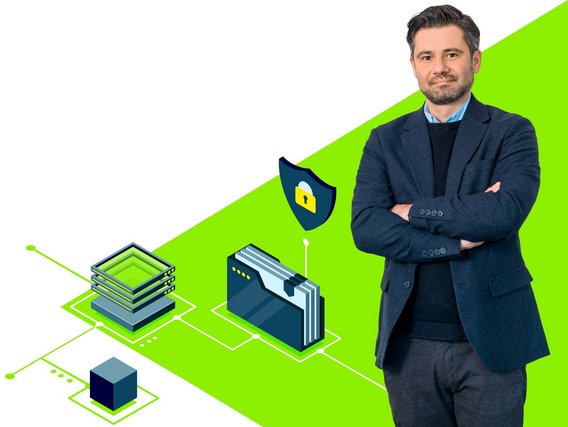What types of attacks are particularly problematic for LLMs and how can they be mitigated?
VD Especially problematic are what are known in the trade as jailbreaks and prompt injections. These are malicious prompts to the model. When criminals try to get around the models’ protective barriers with manipulative questioning techniques, they sometimes even manage to extract private data such as credit card information or other personal data from the models.
TM Another risk is data poisoning. In this case, manipulated information is infiltrated into public forums from which the models then go on to learn. They take this false information and pass it off later as fact.
VD We document vulnerabilities in the AI application and inform the development teams of customers and manufacturers. The latter are responsible for fixing the problem and must implement the solution that fits their circumstances. The possible approaches to solving the problems are wide-ranging and vary depending on the manufacturing company. For example, models can match their answers with reputable internet sources or access knowledge bases to minimise the likelihood of misinformation. In the case of certain vulnerabilities, the system prompt can also be adjusted. This contains all the instructions on how the model should react, what content it may deliver and what it should avoid.


